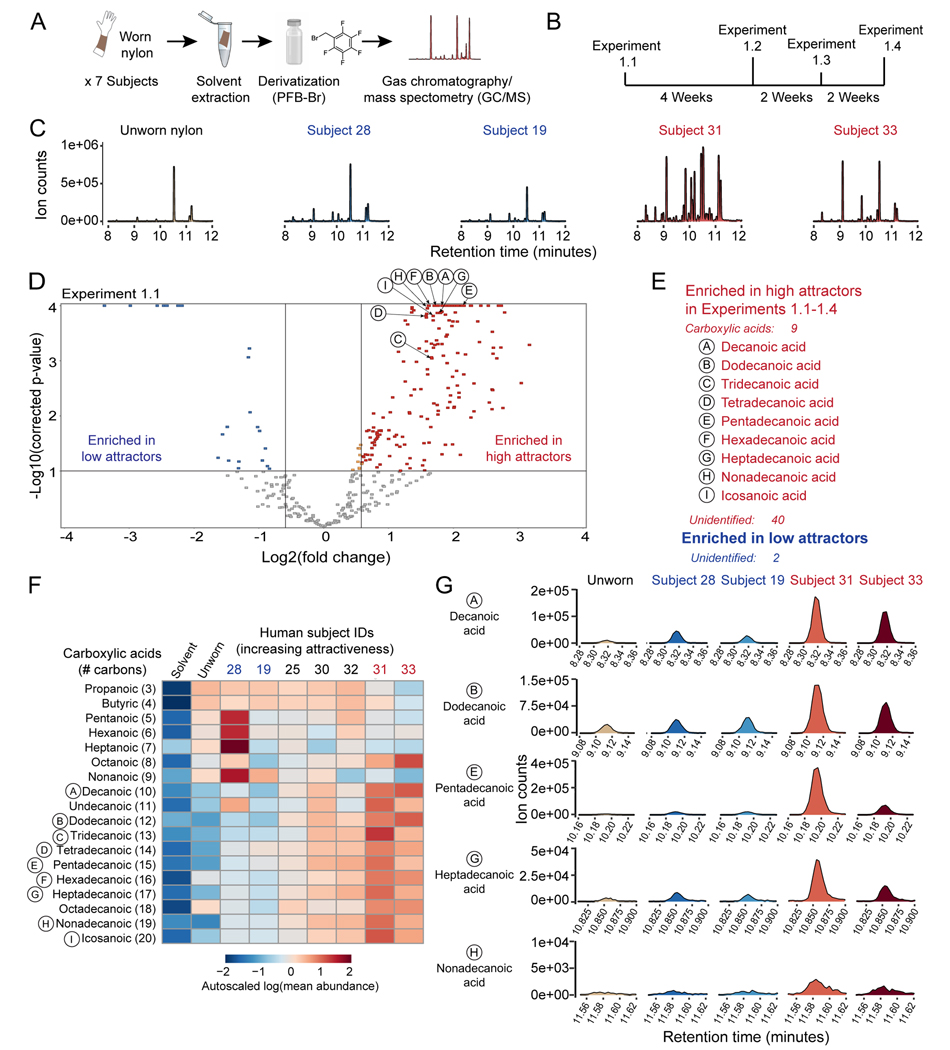Figure 5: Carboxylic acids are enriched on the skin of humans who are highly attractive to mosquitoes.
(A) Overview of experimental procedure for gas chromatography/quantitative time of flight mass spectrometry (GC/QTOF-MS) experiments.
(B) Timeline of 4 replicate GC/QTOF-MS experiments in initial human subject cohort.
(C) Representative chromatograms from the indicated sample groups, including merged extracted ion chromatograms from a set of ~200 features enriched on worn nylons versus unworn nylons and solvent controls in Experiments 1.1–1.4 (Supplemental Table S1).
(D) Volcano plot of features enriched on worn nylons versus unworn nylons and solvent controls in Experiment 1.1. Nine identified compounds that were differentially abundant between high and low attractor groups in Experiments 1.1–1.4 are indicated.
(E) Table of differential features in Experiments 1.1–1.4.
(F) Heatmap quantifying abundance of carboxylic acids with 3–20 carbons in the indicated human subjects, averaged across 4 experiments.
(G) Representative extracted ion chromatograms of several carboxylic acids in the two most and least attractive subjects from the initial cohort.
See also Supplemental Figure S2 and Supplemental Figure S4.

